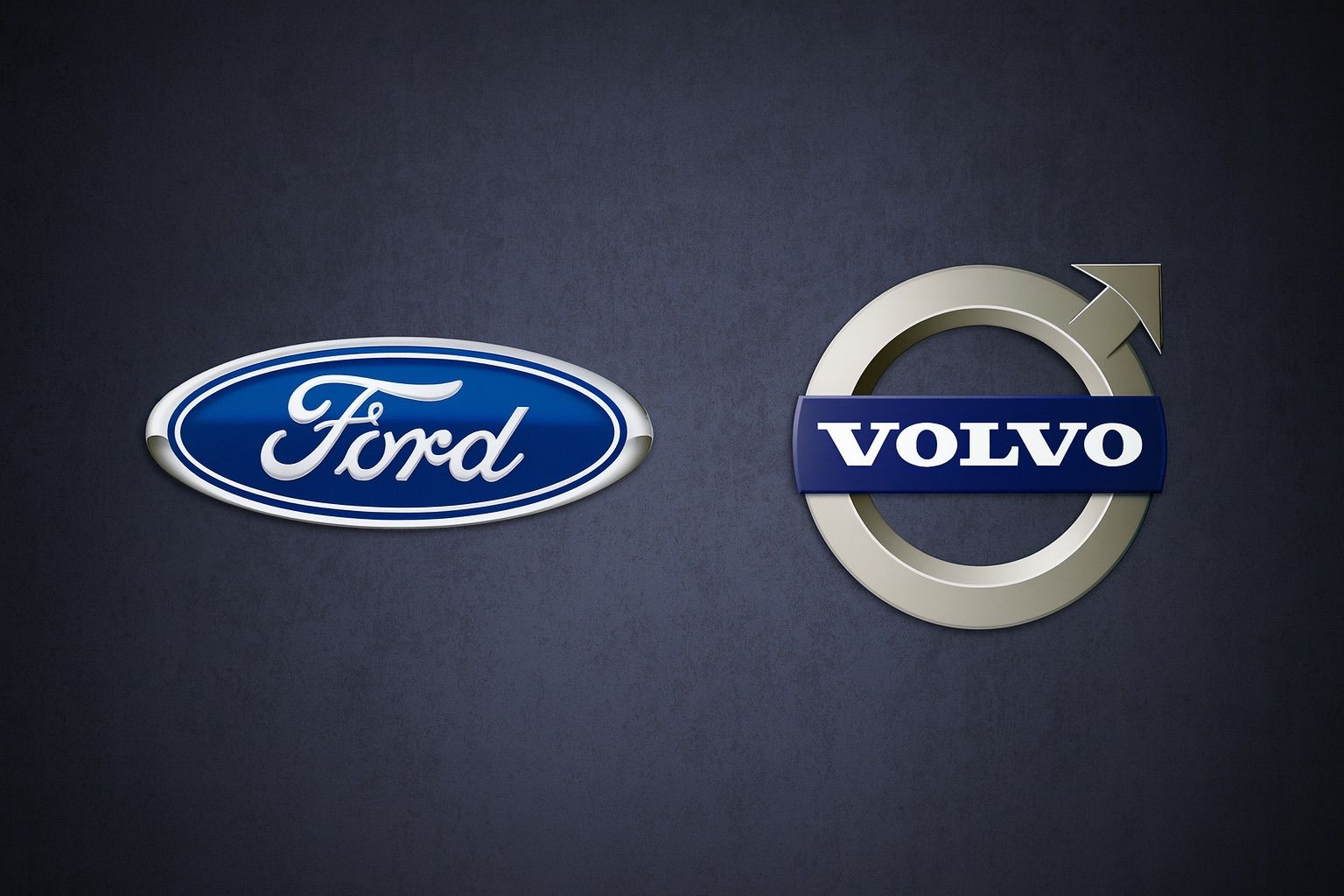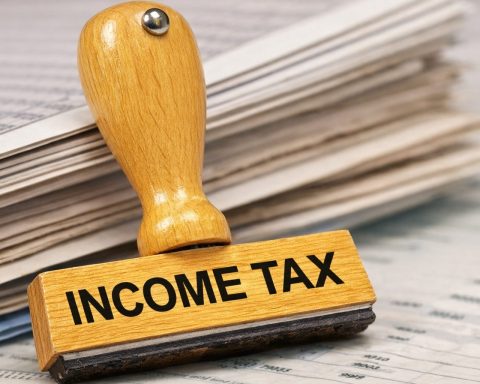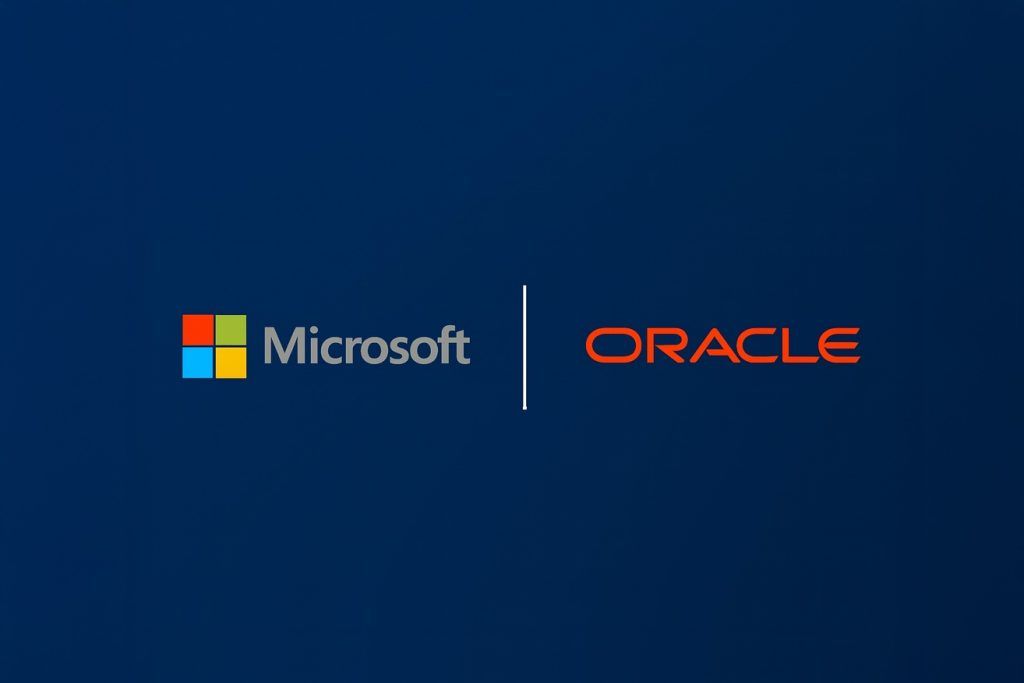- Stock Prices (Oct 23, 2025) – Ford (NYSE: F) closed near $12.34 on Oct. 23, down about 0.7% on the day (after a ~+3.5% gain over the prior week) [1]. Volvo Cars (STO: VOLCARb) closed at SEK 31.41 (~$3.00), up +38.1% for the day – the largest one-day jump since its 2021 IPO [2] [3]. Over the week, Volvo’s stock leapt from ~SEK 21–23 to 31.41, a ~45% surge as investors cheered its results [4].
- Financials: Ford Q3 vs Volvo Q3 – Ford’s Q3 sales ran around $50.5 billion (≈+9% YoY) with EPS $0.45 (vs. $0.36 expected) [5]. Wall Street expects Ford’s Q3 EPS ≈$0.35–$0.38 on ~$42–43B revenue [6] [7] (flat YoY). By contrast, Volvo blew past Q3 forecasts: core EBIT ≈SEK 5.9–6.4 billion (≈$625–$677M) vs. ~SEK 1.6B consensus [8] [9]. Its Q3 revenues were SEK 86.4B (down from SEK 92.8B a year ago [10]), yielding a ~7.4% EBIT margin (vs 6.2% prior). Volvo’s Q3 sales volume dipped ~7% [11] [12], but profitability jumped.
- Dividends & Valuations – Ford’s strong cash flow supports a hefty payout: it still pays a $0.15 quarterly dividend (≈5–6% yield) [13]. Ford trades inexpensively at roughly 15× earnings [14]. Volvo is restarting dividends: analysts estimate 2025 payouts around SEK 13.50 (≈5.3% yield) [15]. Notably, pre-earnings analysts had averaged a 12‑month price target ~SEK 18.1 (implying ~–42% downside) [16], highlighting how far consensus lagged reality.
- EV & Sustainability Strategies – Ford has hit the brakes on some EV plans. Its EV unit (“Model e”) lost ~$1.3B in Q2 and US EV sales are sliding – market share ~5% [17]. Ford is cutting EV costs, delaying new models and even laying off ~1,000 at its Cologne EV plant [18]. CEO Farley warned that U.S. EV demand could “almost halve” now that federal credits expired [19]. Ford’s cash-rich gas trucks (F-150, Broncos, Mavericks) remain its profit engine [20], funding the transition. By contrast, Volvo is leaning into electrification. Fully-electric vehicles were 22% of Q3 sales [21] (vs 25% last year) as EV demand cools industry-wide. CEO Håkan Samuelsson cut 3,000 jobs, froze new capex and focused on profit. Volvo says its cost‑cutting plan (SEK 18B) is “delivering faster than we planned” [22]. It’s riding an EU‑US trade deal that dropped car tariffs to 15%, helping profits [23]. Looking ahead, Volvo will launch a new EX60 midsize EV SUV in Jan 2026, with “cutting-edge” LFP batteries to boost efficiency [24] [25]. Volvo is also exploring green innovations (e.g. partnerships on fossil‑free steel [26]) to underpin its sustainability goals.
- Recent Developments – In the past week, Ford’s sector was rocked by mixed news: a devastating Sept. 16 fire at Novelis (aluminum supplier) could cost Ford $0.5–1.0B in 2025 profit [27], contributing to a 6–7% stock drop on Oct 7 [28]. Quality issues also weighed in – Ford recalled ~1.45M vehicles this week for bad backup cameras [29] on top of 1.9M last month [30]. The UAW contract is locked in (good labor peace) and new U.S. rules (25% truck tariffs, parts tax credits) are mixed but likely net-positive for Ford [31]. Meanwhile, Volvo stunned markets on Oct 23. Its cost cuts enabled a Q3 profit beat, sending shares skyrocketing ~32–40% intraday [32] [33] (one of its best days ever). The company noted “return[ing] to slight sales growth” in September [34] and sees only ~1% EBIT hit from tariffs after the EU‑US deal [35]. In the same period GM reported strong Q3 sales (+7.7% US), raised its 2025 profit forecast and saw its stock jump ~15% (lifting Ford ~5% on Oct 21) [36] [37]. Tesla, by contrast, reported record Q3 revenue ($28.1B) but weaker profit (Q3 EPS $0.50 vs $0.55 expected) and shares fell ~4% after the announcement [38] (mirroring margin pressure at legacy automakers).
- Analysts & Forecasts – Wall Street is mixed. Most rate Ford shares a “Hold” (12‑month targets ~$11–12) [39], near current levels. Value bulls point to Ford’s ~120-year brand, loyal truck customer base, healthy balance sheet and rich dividend [40]. One upbeat analyst argued that “if Ford can simply get out of its own way – deliver trucks, avoid new quality fiascos… the underlying value will shine through.” [41]. Bears note a lack of clear catalysts until Ford proves EV execution and quality control. CNBC’s Jim Cramer warned that if Ford’s numbers “come down” further, the stock could slip below ~$11 [42]. Consensus sees Ford’s 2025 EPS ~$1.15–1.20 (≈–35% vs 2024) [43], before a hoped-for rebound to roughly $2.00 in 2026 (Ford’s own goal) [44]. For Volvo, analysts were genuinely caught off-guard. Many (e.g. RBC, UBS) praised the turnaround. Handelsbanken’s Hampus Engellau noted Samuelsson’s shift “from growth and market share to cash flow and profitability” [45]. UBS says Q3 may swing 2025 from a loss to a small profit [46]. RBC Capital (Outperform) just cut its 2026 target to SEK 290 (≈US$28) on weaker truck demand, implying ~13.4× next-year earnings [47]. It even outlines an upside scenario to SEK 400 or a downside to SEK 175 [48]. Importantly, pre‑earnings consensus had Volvo targets near SEK 18 (versus ~SEK 23 in mid‑Oct) [49], so the rally has shattered prior forecasts. Going forward, analysts will watch whether Volvo’s momentum and new EX60 can sustain growth.
In summary: Ford’s stock is trading near recent ranges (mid-$11s) as investors weigh its sturdy truck cash flows and dividends against EV struggles and recall risks [50]. Volvo’s shares, by contrast, have leapt after a cost‑cutting triumph [51]. The next moves hinge on Q3 earnings (Ford’s out Oct 23 close, Volvo just reported), US policy shifts, and each company’s execution in the EV era. Bloomberg, Reuters and CNBC experts note that with Ford at ~15× earnings and rich yield [52], a solid execution could spark gains – but any more missteps might erase recent progress. For Volvo, analysts see room if cost savings continue, but caution that its stock now trades well above past targets. Whatever happens, the EV transition and global market forces (e.g. tariffs, interest rates, credit incentives) will continue to drive these auto stocks’ fortunes in the coming months [53] [54].
Sources: Reuters, TS2.Tech, market reports (Yahoo/Investing) and company releases [55] [56] [57] [58] [59] [60] [61] [62] (see citations).
References
1. www.investing.com, 2. stockanalysis.com, 3. ts2.tech, 4. stockanalysis.com, 5. www.reuters.com, 6. ts2.tech, 7. ts2.tech, 8. ts2.tech, 9. www.reuters.com, 10. www.prnewswire.com, 11. www.reuters.com, 12. www.prnewswire.com, 13. ts2.tech, 14. ts2.tech, 15. www.investing.com, 16. www.investing.com, 17. ts2.tech, 18. ts2.tech, 19. ts2.tech, 20. ts2.tech, 21. www.prnewswire.com, 22. ts2.tech, 23. ts2.tech, 24. ts2.tech, 25. www.prnewswire.com, 26. www.ssab.com, 27. ts2.tech, 28. ts2.tech, 29. ts2.tech, 30. ts2.tech, 31. ts2.tech, 32. www.reuters.com, 33. ts2.tech, 34. www.prnewswire.com, 35. ts2.tech, 36. www.reuters.com, 37. www.reuters.com, 38. www.reuters.com, 39. ts2.tech, 40. ts2.tech, 41. ts2.tech, 42. ts2.tech, 43. ts2.tech, 44. ts2.tech, 45. ts2.tech, 46. ts2.tech, 47. www.investing.com, 48. www.investing.com, 49. www.investing.com, 50. ts2.tech, 51. ts2.tech, 52. ts2.tech, 53. ts2.tech, 54. ts2.tech, 55. www.reuters.com, 56. ts2.tech, 57. ts2.tech, 58. www.reuters.com, 59. ts2.tech, 60. www.reuters.com, 61. www.reuters.com, 62. www.investing.com








